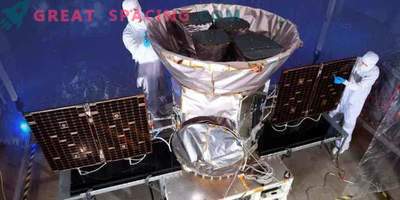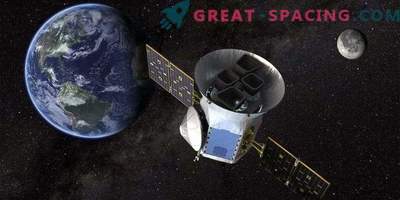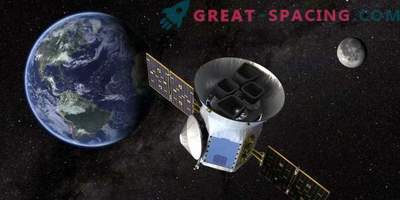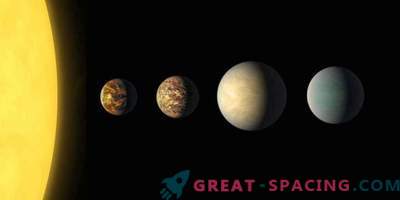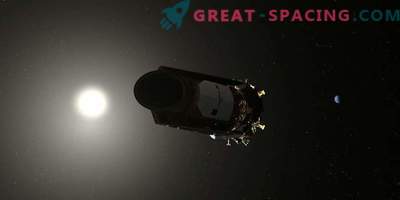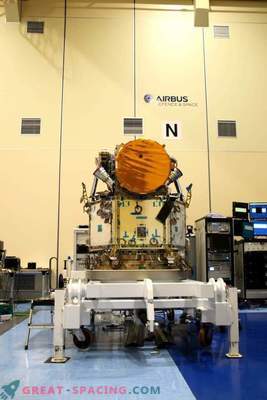
The artistic vision of NASA’s TESS satellite, whose goal is to study exoplanets - planets located outside the solar system
NASA is planning to launch a $ 337 million spacecraft aimed at expanding the search for living organisms outside our system. Of particular interest are the planets of the earth type.
Satellite TESS plan to send on the evening of April 16 on a SpaceX Falcon 9 rocket from Cape Canaveral (Florida). The main goal for the next 2 years is to scan over 200,000 brightest stars for signs of planets causing a decrease in brightness (transit method).
It is assumed that TESS will be able to find 20,000 exoplanets, including 50 worlds the size of Earth and up to 500 planets half as large as ours.
Kepler’s Successor
TESS was created as a receiver for the Kepler spacecraft, which was the first of its kind and launched in 2009. It is now ending its operation due to low fuel levels. Kepler was able to detect a huge number of exoplanets while concentrating on a tiny celestial region with 150,000 stars like the Sun. The Kepler mission found 2,300 confirmed worlds and approximately 4,500 candidates. But many are too distant and dull to be studied in detail. TESS has 4 advanced cameras that scan an area that is 350 times larger than the previous one (85% in just 2 years).
The stars found should be 30–100 times brighter and 10 times closer than those Kepler looked after. TESS uses the same search method - tracks the incident light when an object passes in front of a star. Additional features, such as mass, density and atmospheric composition, can be found with the help of the Hubble and James Webb space telescopes.
